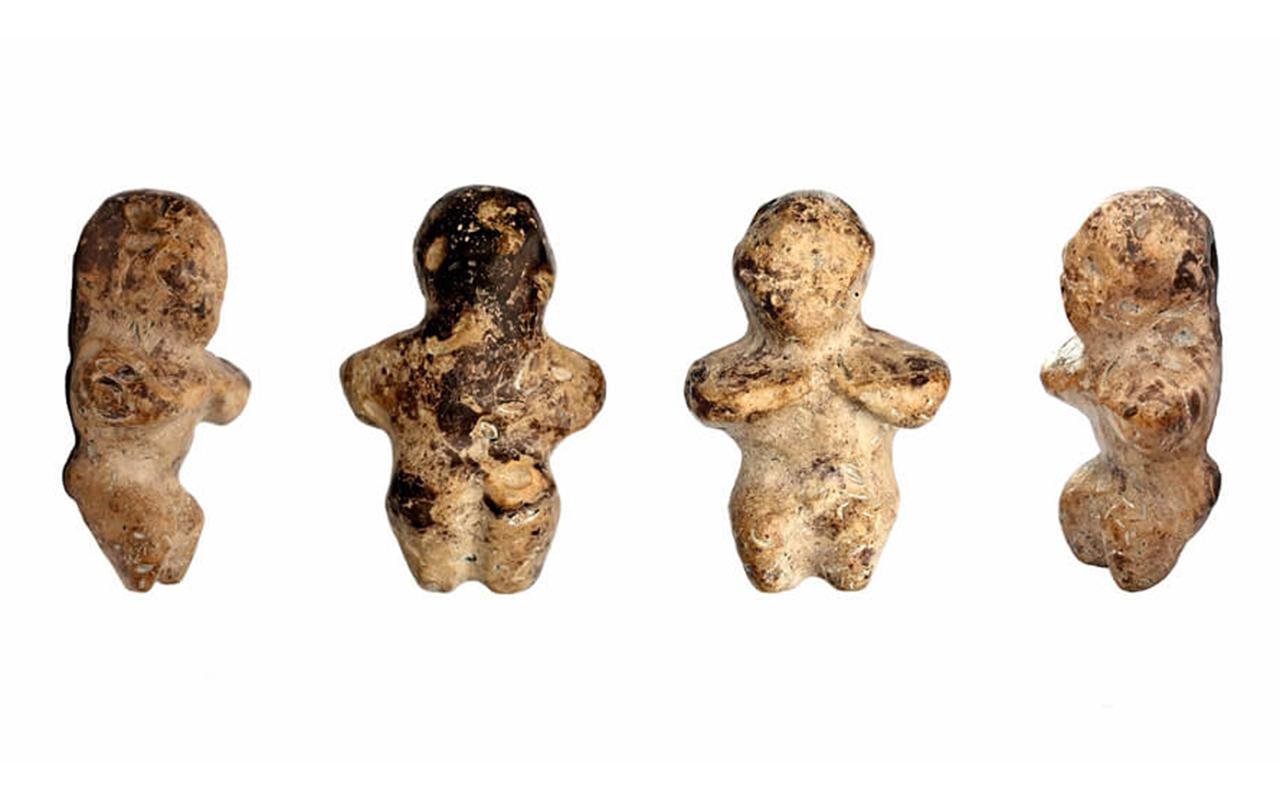One of the biggest prehistoric discoveries ever made in northern Poland is a limestone figurine discovered near the Baltic coastal city of Kołobrzeg and officially dated to over 6,000 years old. Dubbed the “Venus of Kołobrzeg,” the 12-centimeter-high artifact is a Neolithic fertility symbol, nearly identical to other prehistoric Venus statues discovered throughout Europe.
 Multiple views of the Kołobrzeg Venus figurine. Credit: Polish Arms Museum, Kołobrzeg
Multiple views of the Kołobrzeg Venus figurine. Credit: Polish Arms Museum, Kołobrzeg
The figurine was discovered in December 2022 by a farm field worker near the Parsęta River. What began as an incidental find quickly turned into a major archaeological investigation, drawing experts and museums from across the country. The process of verification and analysis lasted nearly three years and involved collaboration between local historians, national experts, and insтιтutions like the Polish Arms Museum and the Relicta Foundation.
Aleksander Ostasz, director of the Polish Arms Museum where the figurine will be housed, called it “the find of the century.”
Researchers believe that the figurine was created by the first agricultural settlements that lived in the region of today’s Western Pomerania. The artifact is the only figurine of its kind found north of the Carpathian Mountains, a region not previously known to contain such Neolithic statues.
 Such clay figurines have been found in various parts of the world, like this example from Tappeh Sarab, Kermanshah, Iran, dated to 7000–6100 BCE. Credit: National Museum of Iran / CC BY-SA 4.0
Such clay figurines have been found in various parts of the world, like this example from Tappeh Sarab, Kermanshah, Iran, dated to 7000–6100 BCE. Credit: National Museum of Iran / CC BY-SA 4.0
The artifact is carved out of beige limestone containing mussel and snail shell fragments. Its features are stylized with deliberate design: exaggerated breasts, deformed upper and lower limbs, and no facial features. Archaeologists speculate that the legs may have been carved with a hard tool, and the flat back of the figurine suggests that it may have been attached to a vertical surface or base, perhaps used in ritual settings.
Comparable Venus figurines have also been unearthed in Central and Southern Europe, such as the famous Venus of Willendorf in Austria (dated to between 28,000–25,000 BCE) and the Venus of Hohle Fels in Germany (estimated to be some 40,000 years old), but this Polish example is much younger yet geographically significant.
 Venus of Willendorf. Credit: MatthiasKabel (Multi-license with GFDL and CC-BY 2.5)
Venus of Willendorf. Credit: MatthiasKabel (Multi-license with GFDL and CC-BY 2.5)
After the figurine was authenticated, it was handed over to Poland’s national Conservator of Monuments for analysis. Experts throughout Poland confirmed its age and cultural value. Today, the Polish Arms Museum in Kołobrzeg is getting ready to include the Venus as a centerpiece of its recently extended exhibition on the prehistoric past of the region.
The museum says that “The Venus is a unique find from Poland, where we have not discovered any analogies yet.” The piece not only enriches the national collection of Neolithic art but also raises questions about the spread and significance of symbolic female figures in the early agricultural societies of Central and Eastern Europe.
The Venus of Kołobrzeg will soon be on public display.
More information: Polish Arms Museum in Kołobrzeg





